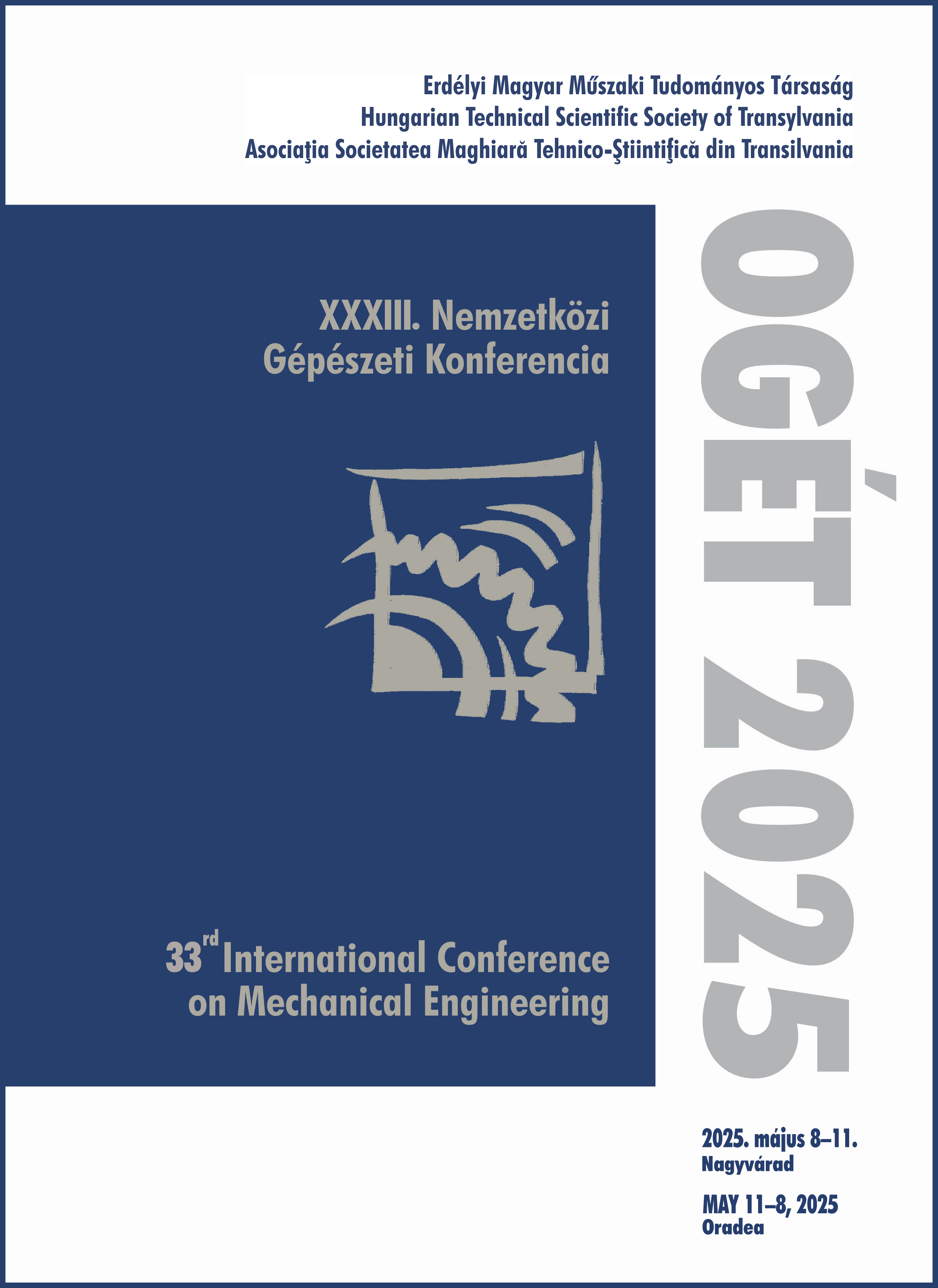Neurális hálózatok alkalmazása a váltómodell helyettesítésére a járműszimulációs modellben
Application of neural networks in vehicle simulation as a substitute for gearbox models
Keywords:
vehicle simulation, neural network, validation, artificial intelligence, virtual test environment, development., /, járműszimuláció, neurális hálózat, validáció, mesterséges intelligencia, virtuális tesztkörnyezet, fejlesztésAbstract
Nowadays, the development of vehicle simulation models is increasingly important, also due to the virtual validation of new vehicle functions. New methods are emerging, necessitating the application of innovative solutions. The application of artificial intelligence methods can accelerate product development processes, therefore it is essential for companies to explore the applicability of these methods. By implementing this, cost, time, and energy can be saved. This article examines the possibilities offered by using a neural network-based technology instead of traditional modeling methods for creating a transmission model for vehicle simulation. The artificial neural network is capable of reproducing the operation of the transmission by learning from real measurement data. The aim of this article is to demonstrate the use and application of a neural network in a vehicle simulation model.
Kivonat
Napjainkban a járműszimulációs modellek fejlesztése a gépjárművek új funkcióinak virtuális validálása miatt is egyre fontosabb. Új módszerek jelennek meg, amelyek innovatív megoldások alkalmazását teszik szükségessé. A mesterséges intelligencia módszerek alkalmazása felgyorsíthatja a termékfejlesztési folyamatokat, ezért a vállalatok számára szükségszerű feltérképezni ezen módszerek alkalmazhatóságát. Ennek megvalósításával költség, idő és energia takarítható meg. Ez a cikk azt vizsgálja, hogy a járműszimulációs modell váltómodelljének létrehozásához a hagyományos alapú modellezési módszerek helyett milyen lehetőségeket kínál egy neurális hálózaton alapuló technológia alkalmazása. A mesterséges neurális hálózat képes reprodukálni a váltó működését valós mérési adatokból tanulva. A cikk célja, hogy bemutassa a neurális hálózat használatát és alkalmazását a járműszimulációs modellben.
References
IRODALMI HIVATKOZÁSOK
N. R. M. R. Al-Ajmi and H. A. Alajm, "Modelling and Simulation of Automatic Transmission," International Journal of Innovative Science and Research Technology (IJISRT), www.ijisrt.com, 2021, vol. 6 (7), pp. 1671-1681. ISSN: 2456-2165
S. Joshi, V. Kumar, V. Venkataramanan és K. C S, „A Review on Neural Networks and its Applications,” Journal of Computer Technology & Applications, 2023, %1. kötet14.
J. L. S. P. A. B. T.-Y. K. Shaoping Xiao, „Artificial neural networks and their applications in computational materials science: A review and a case study,” Advances in Applied Mechanics, Elsevier, 2023, 57, pp. 1-33.
A. Prasad és A. Kumar, „Review on Artificial Neural Network and its Application in the Field of Engineering,” JMEP, 2022 DOI: 10.56697/JMEP.2022.1107
Conley, J., Clay, B., Waters, R., Tóth-Nagy, C. et al., (2001). The Development of a Fourth Generation Hybrid Electric Vehicle at West Virginia University, SAE Technical Paper 2001-01-0682, DOI: https://doi.org/10.4271/2001-01-0682.
H. Lee, H. Kim and S. Choi, (2021). Driving Skill Modeling Using Neural Networks for Performance-Based Haptic Assistance, in IEEE Transactions on Human-Machine Systems, Vol. 51, No. 3, pp. 198-210, DOI: https://doi.org/10.1109/THMS.2021.3061409.
P. Pettersson, B. Jacobson, F. Bruzelius, P. Johannesson, L. Fast, (2020). Intrinsic differences between backward and forward vehicle simulation models, IFAC-PapersOnLine, Volume 53, Issue 2, Pages 14292-14299, DOI: https://doi.org/10.1016/j.ifacol.2020.12.1368.


